
Whether you're lightening your hair at home or with a stylist, most products contain bleach as it's the quickest way to remove pigment. However, bleach is harsh and breaks down hair proteins, leaving your strands significantly weaker(1) and prone to breakage, frizz, and dryness.
Follow this article to find out the 15 best tips on how to make bleached hair soft and silky. Let's get started!
15 Best Tips for Rehydrating Your Hair After Bleaching
Bleached hair can often look frizzy or damaged because the hair cuticle, which keeps the moisture intact, has been disrupted. However, you can still revive some shine and gloss by using other hair products to seal and nourish your hair while the cuticle naturally rebuilds itself.
Olive Oil

Using just a small amount of olive oil can have a significant impact on your hair health. To apply, use your fingertips to distribute a few drops of olive oil, concentrating on the ends of your hair. Remember to use only a couple of drops each time.
Coconut Oil
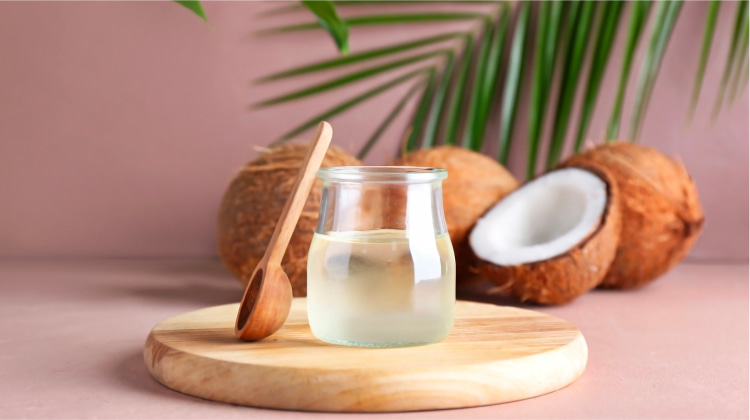
To avoid protein loss, you can use coconut oil to seal your hair. Rub some coconut oil between your palms to warm it up, and then apply it to dry, frizzy spots and ends of your hair.
Argan Oil
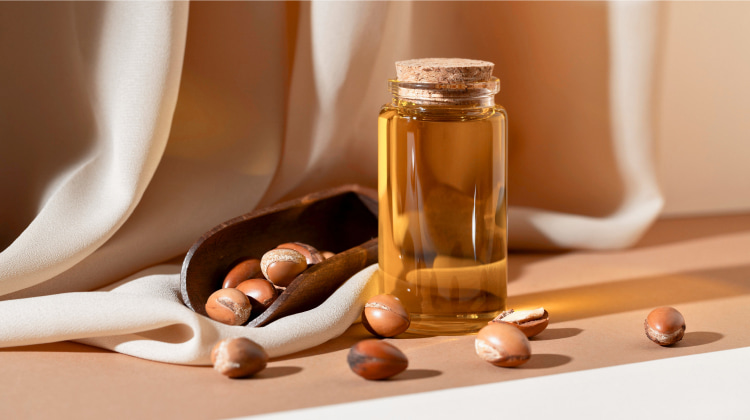
Using a few drops of argan oil after styling can add shine to your hair and seal in moisture. The oil is rich in antioxidants, which can also protect your hair from additional damage.
Almond Oil
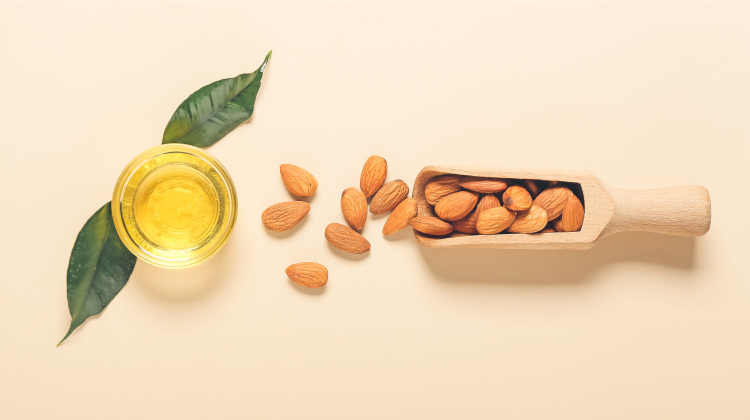
Almond oil contains vitamin E and proteins that can attach to your hair and make it stronger. Additionally, it may fill in gaps that make your hair brittle after bleaching.
You can apply a few drops to your hair daily before leaving or incorporate it into a deep-conditioning mask.
Use Sun Protection

After bleaching, your hair is vulnerable to burning from the sun and from heat styling. Using sunblock not only safeguards your hair from potential burns but also shields your scalp from irritation caused by exposure to bleach. You may opt for an SPF spray made for hair or seek out products that incorporate SPF.
DIY Hair Masks
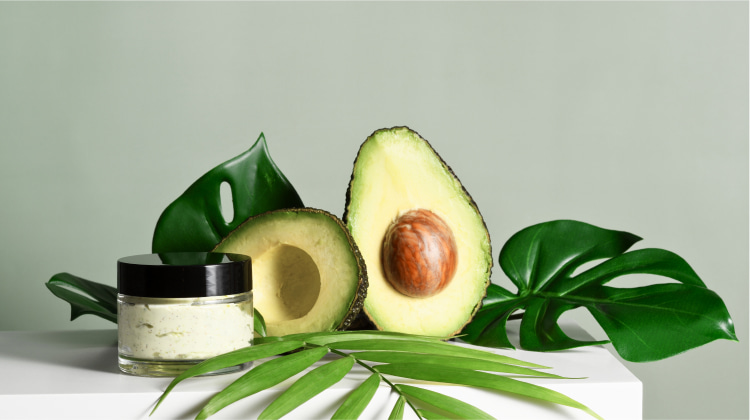
Using hair masks containing hydrating elements such as avocado, honey, and egg white can revive your hair's suppleness and flexibility. You can use homemade hair masks made from basic kitchen ingredients two or three times a week until you start to see an improvement in your hair's condition.
Here is a DIY hair mask you can try at home!
Ingredients:
- 1 ripe avocado.
- 1/4 cup olive oil.
- 1 tablespoon honey.
Instructions:
- Mash the avocado in a bowl until it's creamy.
- Add olive oil and honey, and mix.
- Apply to dry hair, and saturate every strand.
- Leave it on for at least 15 mins.
- Rinse and shampoo or condition as normal.
Rice Water Rinse
.jpg)
Using the water that you have boiled rice in to rinse your hair may strengthen your hair strands. Inositol, found in rice water, can be used to mend hair strands from within.
- Boil rice and strain out the water to make rice water then leave it in the fridge overnight.
- Transfer a small amount of the rice water to a container for use in the shower.
- Use the rice water to rinse your hair every day if it is significantly damaged.
You can also use this rice water shampoo.
Leave-In Conditioner

You can purchase leave-in conditioner products from most beauty supply stores and supermarkets to restore hair that has been damaged by bleach.
These products come in different forms, such as thick formulas that you can apply in the shower and spray-on formulas that you can use before heading out.
When selecting a leave-in conditioner, choose one that emphasizes moisturizing and keratin-building benefits, and follow the instructions on the label diligently.
Avoid Heat Styling
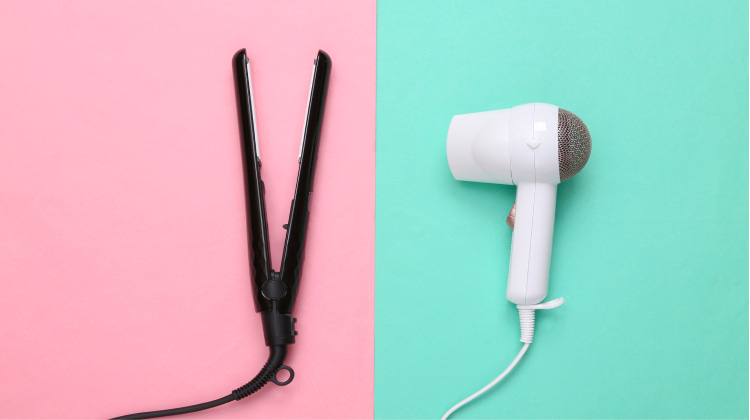
After bleaching, your hair becomes extra dry and vulnerable to damage from heat styling. Therefore, you should limit the use of hot tools such as blow-dryers, curling irons, and straighteners during the weeks following the bleach.
When you do begin to style your hair with heat, keep it to a minimum, restricting it to once or twice per week at most.
Be Careful With Chlorine

Once your hair strands have been weakened by bleach, exposure to chlorine can worsen the problem and cause further damage. Chlorine exposure can also cause bleached hair to develop a brassy blond, greenish, or carrot-orange hue.
To mitigate these effects, you need to rinse your hair with cool water immediately before and after swimming in chlorinated water. Additionally, wearing a swim cap during the first two weeks after bleaching your hair can provide extra protection.
Only Comb Hair When Wet

Bleached hair is more vulnerable to snags and tangles. To avoid this, use a comb with wide teeth or a wet brush with flexible bristles.
Cut Back On Shampoos
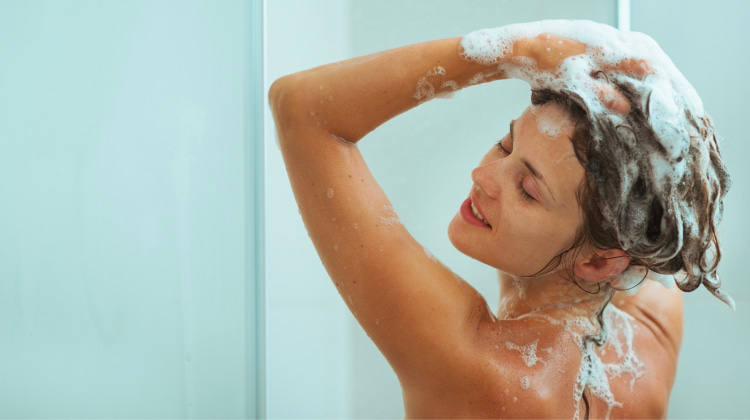
The bleaching process strips out natural oils from the hair follicle, therefore, you should reduce the frequency of washing your hair while your hair follicle heals. It takes some for you to get used to, however, many people report that their hair reacts just fine to being washed once or twice per week.
Cool Water Washes
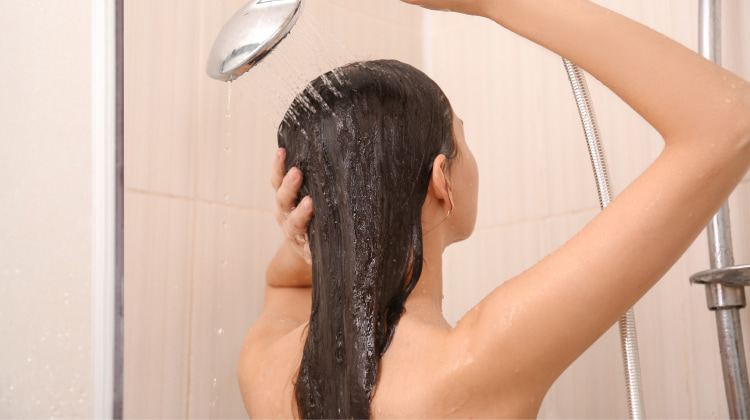
If your hair has been damaged by heat, it is advisable to avoid washing it with excessively hot water. The steam that emanates from a hot shower may open up your hair cuticle and damage your hair strands.
Therefore, it is recommended that you use lukewarm to moderately warm water to wash your hair. Additionally, after washing your hair, you should spray some cool water on it to retain its moisture.
Go for a Trim
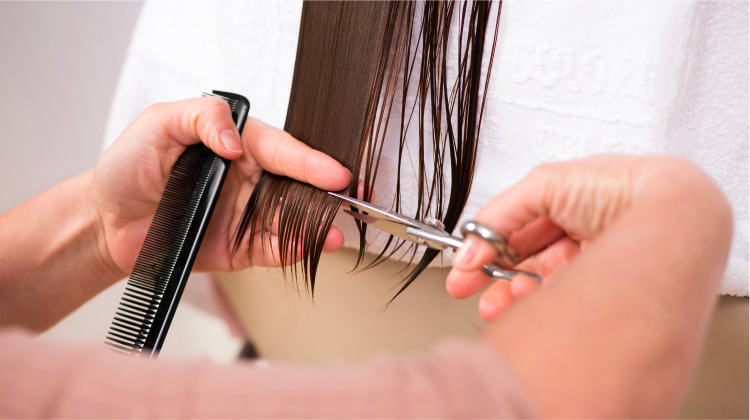
If your hair has been damaged by bleach, trimming off split ends can help breathe new life into your hair. You can ask your hairdresser to trim 2 to 3 inches of your hair.
Go Sulfate Free
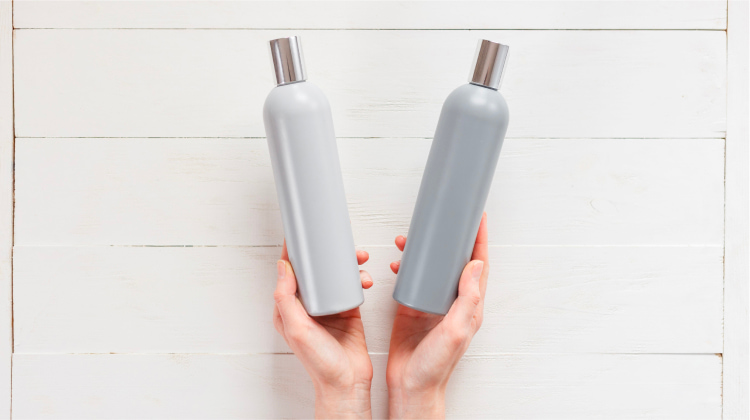
And because bleached hair is already dry, you should avoid using shampoos with sulfates and choose a sulfate-free alternative that will be gentler on your hair and remove excess oils without stripping your hair.
Use A Silk Or Satin Pillowcase

Silk and satin pillowcases are ideal for bleached hair due to their benefits.
- Frizz protection: Compared to cotton pillowcases, satin pillowcases do not bunch up hair follicles, which in turn reduces frizz and helps prevent the breakage of your delicate, bleached hair.
- Moisture retention: Cotton pillowcases have a tendency to soak up moisture due to their wicking properties. In contrast, silk and satin pillowcases are smoother and less likely to absorb moisture from your hair. This helps to keep your hair from becoming dry and brittle, which in turn helps to prevent breakage.
The Bottom Line
Bleach damage to hair is not uncommon, but there are natural remedies available that can help restore the strength and flexibility of your hair strands. However, it's important to note that seeing results may require patience, as it can take some time for your hair to begin to regain its natural texture.
To optimize the health of your bleached hair, establish a daily hair care routine that minimizes heat styling and includes a moisturizer and sunscreen. If you don't see improvement in your hair's texture and strength after a month to six weeks, it may be necessary to seek out the expertise of a professional hair stylist.
References
JEONG, M.-S., LEE, C.-M., JEONG, W.-J., KIM, S.-J. and LEE, K.-Y. (2010). Significant damage of the skin and hair following hair bleaching. The Journal of Dermatology, {online} 37(10), pp.882–887. doi:https://doi.org/10.1111/j.1346-8138.2010.00916.x.

.jpg)
.jpg)
.jpg)
.jpg)
.jpg)
.jpg)
.jpg)
.jpg)
.jpg)
.jpg)